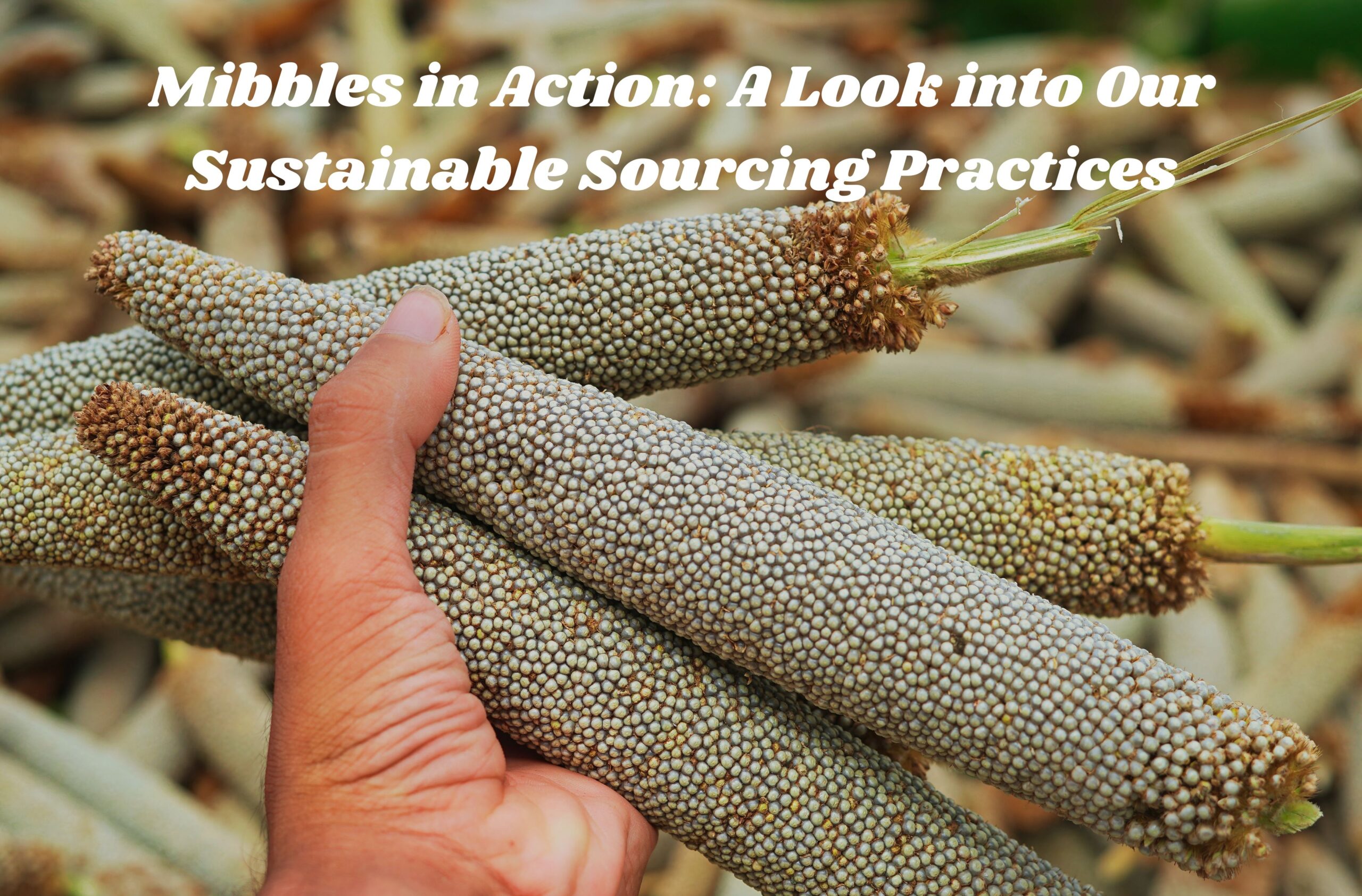The Ancient Marvel: A Glimpse into the History of Millets in India

Introduction
India, known for its diverse and rich culinary traditions, has a deep-rooted history of cultivating and consuming millets. These small but mighty grains have played a pivotal role in shaping the country’s food culture, nutrition, and agriculture for thousands of years. In this blog, we’ll take a journey back in time to explore the fascinating history of millets in India.
Millets: The Ancient Grains
Millets, a group of small-seeded grains, include varieties like ragi (finger millet), jowar (sorghum), bajra (pearl millet), foxtail millet, and more. These grains are among the oldest cultivated crops in the world, with a history dating back over 7,000 years.
Millets in Ancient India
- Indus Valley Civilization (3300–1300 BCE): The Indus Valley Civilization, one of the world’s earliest urban civilizations, left behind archaeological evidence of millet consumption. Millets were a staple in the diet of the people of this ancient civilization.
- Vedic Period (1500–500 BCE): The Vedic texts, including the Rigveda, mention the cultivation of millets. Millets were considered nutritious and versatile grains that could be used for various culinary purposes.
- Ancient Tamil Literature: Ancient Tamil texts, like the Sangam literature (300 BCE – 300 CE), highlight the significance of millets in South Indian cuisine. Ragi, in particular, was a cherished grain, often used to make traditional dishes.
Millets and Indian Agriculture
Millets are well-suited to the diverse agro-climatic conditions of India. They are drought-resistant and can thrive in areas with limited rainfall, making them a lifeline for farmers in arid regions.
Millets in Modern India
- Traditional Cuisine: Millets have remained a key ingredient in regional cuisines across India. From ragi mudde in Karnataka to bhakri in Maharashtra, these grains continue to grace Indian dinner tables.
- Nutritional Renaissance: In recent years, there has been a resurgence of interest in millets due to their nutritional value. Rich in fiber, protein, and micronutrients, millets are now being hailed as superfoods.
- Millets in Contemporary Cuisine: Besides traditional dishes, millets are finding their way into modern culinary creations. From millet-based pizzas to cookies and smoothies, millets are being incorporated into a wide range of foods.
Conclusion
The history of millets in India is a testament to the resilience and adaptability of these ancient grains. They have sustained generations of Indians, offering a nutritious and sustainable food source. As India and the world face new challenges in food security and nutrition, millets are making a comeback as a solution to these pressing issues.
At Mibbles, we’re proud to be part of this millet revival. Our range of millet-based products pays homage to the rich history of these grains while infusing them with a modern twist. Join us in celebrating the legacy of millets and their bright future in India and beyond.





